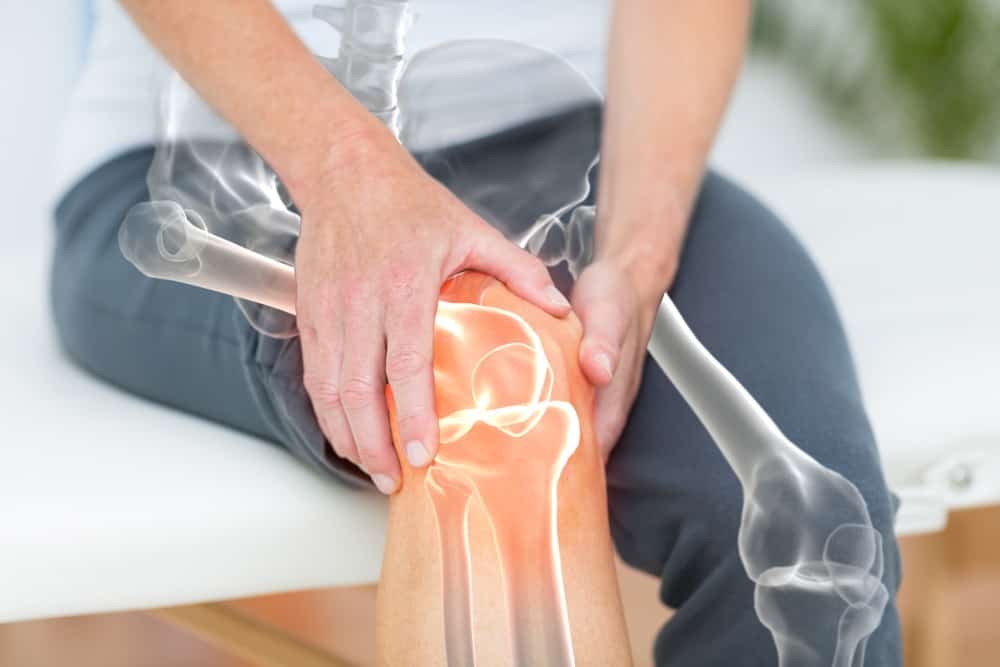3. Arthritis in other articulations

As the disease progresses, the acute monoarticular pattern of the disease starts to change. Instead of affecting one articulation, gout now affects two or more. This is called polyarticular arthritis, which means arthritis located in different articulations. It is sometimes symmetrical, which means that both toes, ankles, fingers, knees, or wrists are affected. Various articulations can be taken, but the least likely is the shoulder’s glenohumeral joint. Large joints are the more likely to be affected after the toe. In the late stage of the disease, patients develop chronic polyarticular arthritis. The pattern changes, and instead of having episodes and attacks, the pain has an irregular pattern that turns into a long-standing and chronic condition. In this stage, it is very similar to rheumatoid arthritis because it involves both articulations on each side and is associated with the deformation of the articulations.
